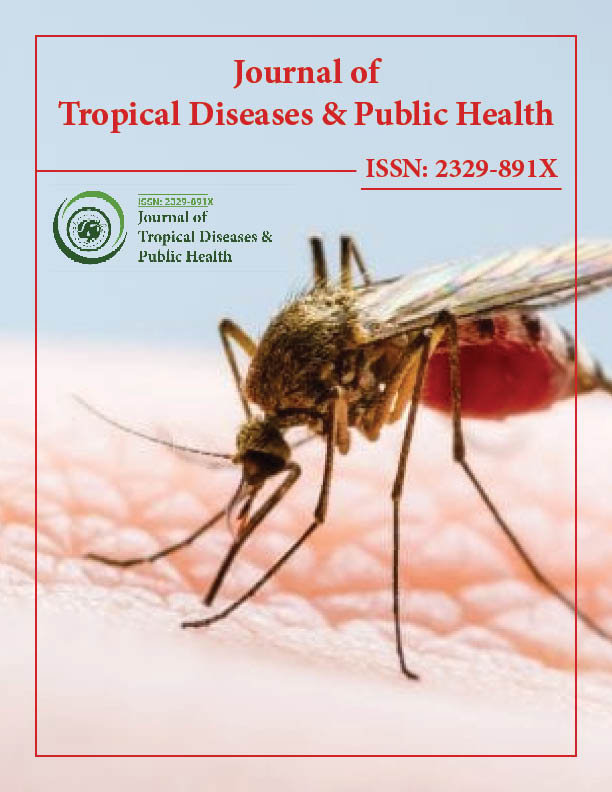Indexed In
- Open J Gate
- Academic Keys
- ResearchBible
- China National Knowledge Infrastructure (CNKI)
- Centre for Agriculture and Biosciences International (CABI)
- RefSeek
- Hamdard University
- EBSCO A-Z
- OCLC- WorldCat
- CABI full text
- Publons
- Geneva Foundation for Medical Education and Research
- Google Scholar
Useful Links
Share This Page
Journal Flyer

Open Access Journals
- Agri and Aquaculture
- Biochemistry
- Bioinformatics & Systems Biology
- Business & Management
- Chemistry
- Clinical Sciences
- Engineering
- Food & Nutrition
- General Science
- Genetics & Molecular Biology
- Immunology & Microbiology
- Medical Sciences
- Neuroscience & Psychology
- Nursing & Health Care
- Pharmaceutical Sciences
Study of OmpK35 and OmpK36 Expression in Carbapenem Resistant ESBL Producing Clinical Isolates of Klebsiella pneumoniae
6th International Conference on Tropical Medicine and Infectious Diseases
January 28-29, 2019 | Barcelona, Spain
Reem Abdel Hameed
Alexandria University,Egypt
Posters & Accepted Abstracts: J Trop Dis
Abstract:
Statement of the Problem: Carbapenem resistant extended spectrum t-lactamase (ESBL) producing Klebsiella pneumoniae
(K. pneumoniae) is increasing worldwide. Carbapenem resistance (CR) has been attributed not only to production of
carbapenemases but also to permeability barriers due to outer membrane proteins (OmpK35 and OmpK36) disruption.
Objective: Phenotypic detection of CR among ESBL producing K. pneumoniae isolates, followed by the evaluation of the role
of ompK35 and ompK36 gene expression among carbapenem resistant K. pneumoniae (CR-KP) isolates.
Materials/Methods: 100 ESBL producing K. pneumoniae isolates were included in this study. Minimum inhibitory concentration
(MIC) of imipenem was performed for all isolates by broth microdilution method. For CR-KP isolates, phenotypic detection of
K. pneumoniae carbapenemase (KPC), metallo-?- lactamase (MBL) and AmpC enzymes was performed followed by Realtime
qRT-PCR to detect and quantify ompK35 and ompK36 gene expression.
Results: 42% of our isolates were carbapenem resistant, and all of them were KPC producers either singly or in combination
with MBL and/or AmpC production. Reduced expression of both ompK35 and ompK36 was detected in (52.38%) of CR-KP
isolates, while reduced expression of ompK36 or ompK35 alone was found in (2.38%) and (33.33%) respectively. Twenty of 42
CR-KP isolates (47.62%), showing reduced ompK35 and ompK36 expression, exhibited high level resistance (HLR) (>32 ?g/
ml) to imipenem. There was a significant correlation between reduced expression of ompK36 and increase MIC values (p <
0.05). The combined production of MBL or AmpC together with reduced expression of ompK35 and/or ompK36 resulted in
significant increase in imipenem MIC (p < 0.05).
Conclusions: The combined OmpK35/OmpK36 loss resulted in HLR. However OmpK36 seems to play a major role in those
strains. Imipenem MIC was markedly increased among K. pneumoniae showing carbapenemase and/or AmpC production
together with loss of OmpK35 and/or OmpK36.

